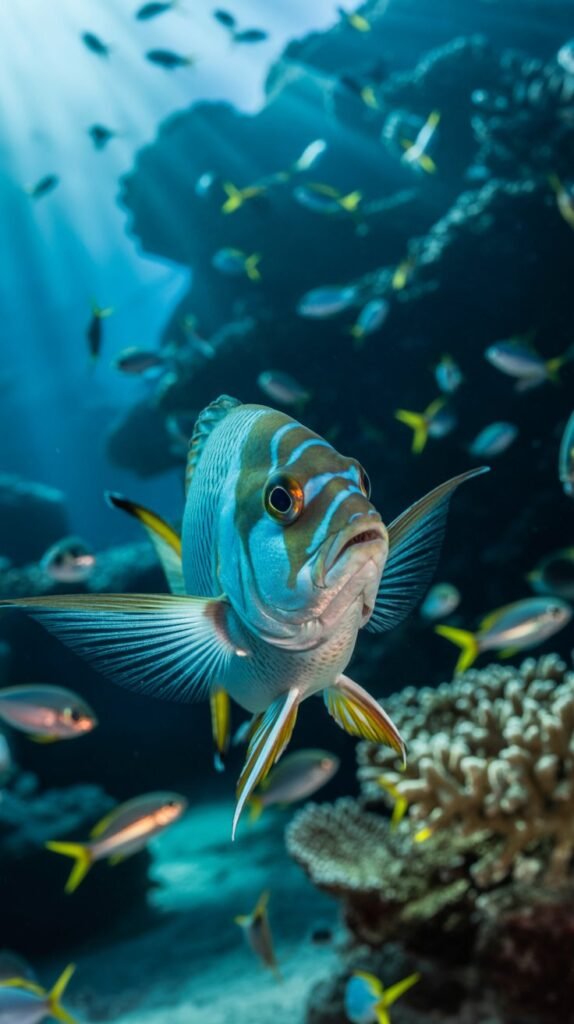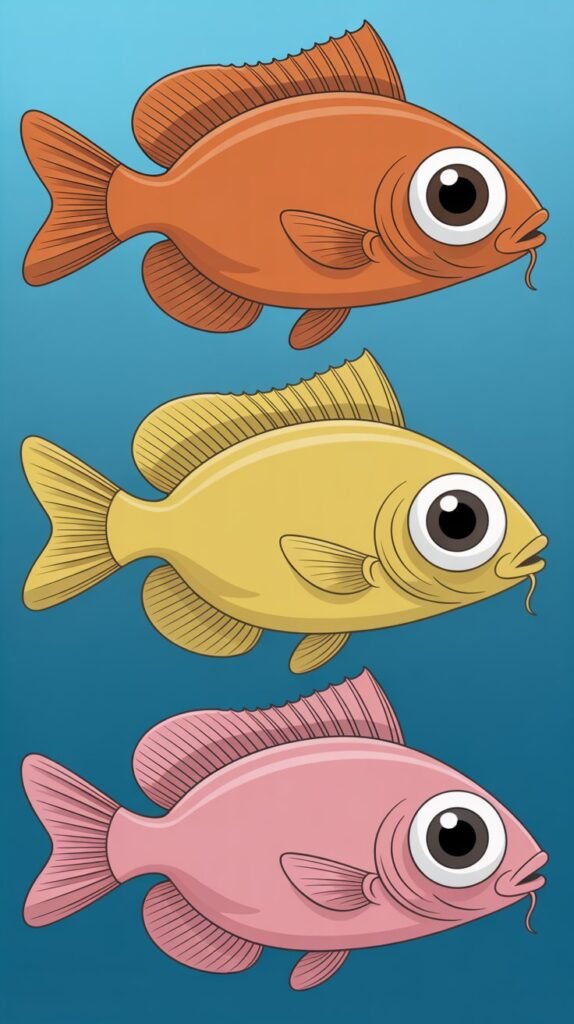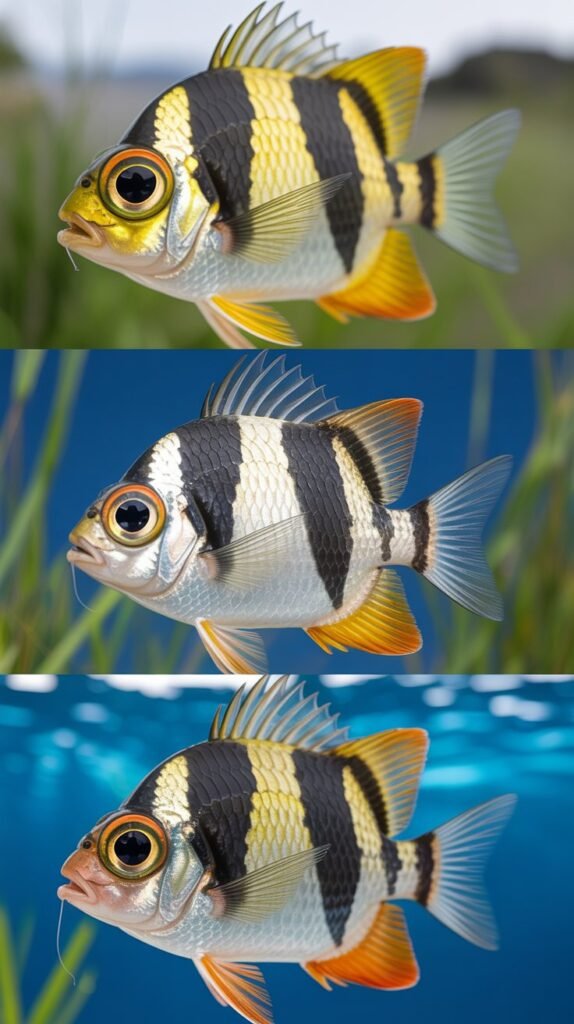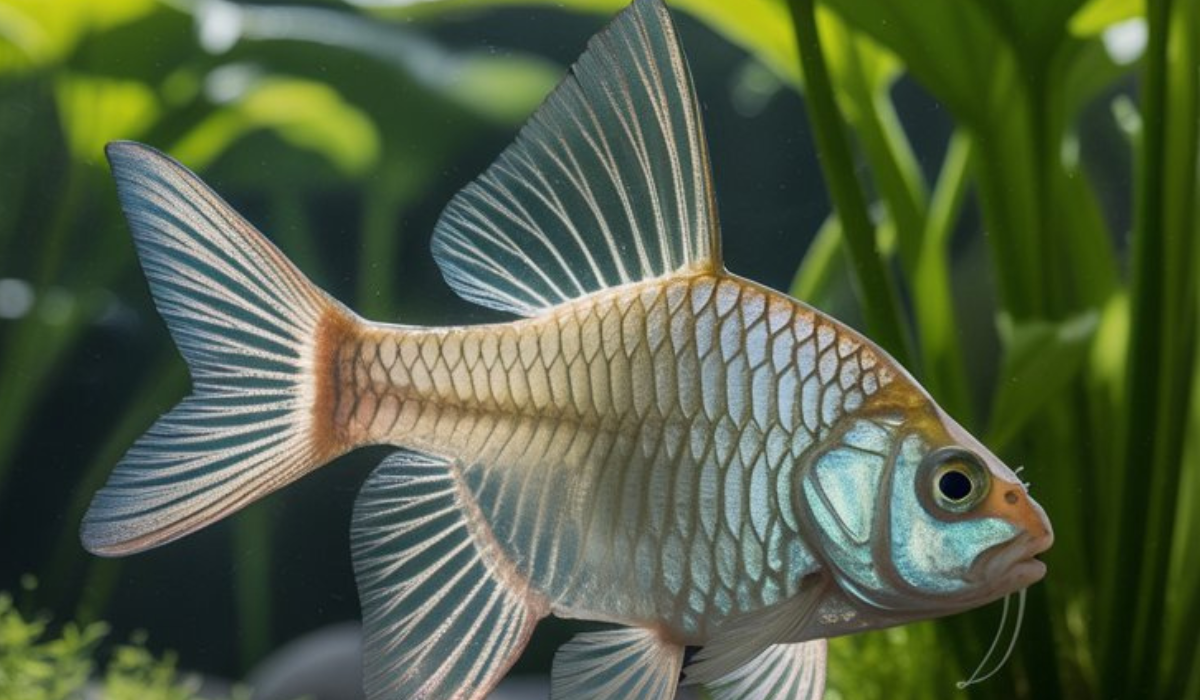Keeping fish healthy requires more than feeding them and maintaining clean water—it also means protecting them from parasites. Among the most destructive parasites in aquariums and ponds are gill flukes. These microscopic flatworms attach to the gills and skin of fish, causing irritation, breathing difficulties, and secondary infections. If left untreated, gill flukes can spread quickly and wipe out entire fish populations.
In this comprehensive guide, we will cover everything you need to know about gill flukes in fish—including their biology, symptoms, diagnosis, treatment options, and long-term prevention.
What Are Gill Flukes?
Gill flukes are tiny parasitic flatworms that belong to the class Monogenea. The most common species affecting aquarium and pond fish include:
- Dactylogyrus – primarily attacks the gills.
- Gyrodactylus – typically targets the skin, but may also infest gills.
These parasites attach to their hosts using small hooks. Gill flukes feed on fish mucus, epithelial cells, and blood, causing irritation and stress. Unlike some parasites with complex life cycles, gill flukes reproduce directly on their host, making them highly contagious.
Life Cycle of Gill Flukes

Understanding the life cycle is critical for effective treatment.
- Egg-laying (Dactylogyrus) – These flukes lay eggs that hatch into free-swimming larvae within 2–5 days (faster in warmer water).
- Live-bearing (Gyrodactylus) – These flukes reproduce by giving birth to live young, allowing populations to grow rapidly.
- Attachment – The young flukes find a host fish and attach to its gills or skin.
- Maturation – Within days, they begin feeding and reproducing, continuing the cycle.
Because of their rapid reproduction, untreated gill flukes can overwhelm a fish population in a short time.
Causes of Gill Flukes in Fish
Gill fluke infestations often occur due to:
- Introduction of infected fish – New fish carrying parasites spread them to the existing tank or pond.
- Poor water quality – High ammonia, nitrite, or low oxygen weakens fish immune systems.
- Overcrowding – Increases stress and parasite transmission.
- Lack of quarantine – Failure to isolate new arrivals is a common cause.
- Warm temperatures – Accelerate parasite reproduction and egg hatching.
Symptoms of Gill Flukes in Fish
Gill flukes are not always visible, but their effects on fish behavior and health are clear. Common symptoms include:
- Rapid gill movement – Fish struggle to breathe due to parasites obstructing gills.
- Gasping at the surface – Indicates oxygen stress.
- Clamped fins – A sign of discomfort and stress.
- Scratching or flashing – Fish rub against surfaces to dislodge parasites.
- Lethargy – Reduced activity as energy is drained.
- Red or swollen gills – Visible inflammation due to parasite feeding.
- Excess mucus production – Fish produce mucus as a defense, making them look slimy.
- Weight loss and poor growth – Caused by prolonged parasite load.
In severe infestations, fish may die suddenly due to suffocation or secondary bacterial infections.
Diagnosing Gill Flukes
Accurate diagnosis is important because symptoms of gill flukes overlap with other diseases like ich or bacterial gill infections.
Methods of diagnosis include:
- Microscope examination – A gill or skin scrape observed under a microscope reveals the parasites.
- Behavioral signs – Rapid gill movement and flashing suggest gill parasites.
- Water testing – Ensures symptoms aren’t caused by poor water quality.
Veterinarians or experienced aquarists often confirm infestations through direct microscopic observation.
Treatment of Gill Flukes in Fish

Gill fluke infestations require targeted medications to eliminate the parasites.
1. Praziquantel
- One of the most effective treatments against gill flukes.
- Available in powder or liquid form.
- Safe for most fish species, including sensitive ones.
- Can be administered as a bath or whole-tank treatment.
2. Formalin
- Kills external parasites, including gill flukes.
- Often used in combination with malachite green.
- Requires aeration because it reduces oxygen levels.
3. Salt Treatments
- Increasing salinity helps fish recover and may kill some flukes.
- Effective in mild cases or as supportive therapy.
- Not suitable for all fish species or planted tanks.
4. Potassium Permanganate
- Strong oxidizer effective against external parasites.
- Must be used with extreme caution to avoid overdosing.
5. Copper-Based Medications
- Effective against some parasites but risky for sensitive fish and invertebrates.
Treatment Process
- Isolate Infected Fish – Quarantine reduces spread to healthy populations.
- Administer Medication – Dose carefully according to manufacturer instructions.
- Repeat Treatments – Because eggs may survive, multiple doses are required.
- Improve Water Quality – Regular water changes and aeration help recovery.
- Supportive Care – Provide high-quality food and stress reduction.
Preventing Gill Flukes in Fish
Prevention is more effective than cure. Key measures include:
- Quarantine new fish – Keep new arrivals isolated for 2–4 weeks.
- Maintain water quality – Keep ammonia and nitrite at 0, nitrates low, and provide aeration.
- Avoid overcrowding – Reduce stress and competition.
- Regular health checks – Inspect fish for abnormal behavior.
- Disinfect equipment – Nets and siphons should not be shared between tanks without sterilization.
Gill Flukes in Different Fish Types

Aquarium Fish
- Common in goldfish, bettas, and cichlids.
- Often introduced via new fish or plants.
Pond Fish
- Koi and pond goldfish are highly vulnerable.
- Outbreaks spread quickly due to large populations and natural water sources.
Tropical Fish
- Warm water accelerates fluke reproduction, making infestations harder to control.
Common Mistakes in Treating Gill Flukes
- Misdiagnosis – Treating for ich or bacterial infections instead of flukes.
- Stopping treatment too early – Fluke eggs may survive and reinfest fish.
- Overdosing medications – Can harm fish, plants, and beneficial bacteria.
- Not improving water quality – Even after killing parasites, poor water conditions weaken fish.
- Ignoring secondary infections – Fluke wounds often require antibiotic or antifungal support.
Recovery and Post-Treatment Care
After treatment, fish need time to recover. Steps to aid recovery:
- Perform frequent water tests.
- Feed high-quality protein- and vitamin-rich foods.
- Add aquarium salt (where safe) to reduce stress.
- Keep lights dimmed to reduce stress.
- Monitor for at least 2 weeks to ensure flukes don’t return.
Long-Term Impact of Gill Flukes
- Mild infestations – Can be managed with medication, and fish usually recover fully.
- Severe infestations – May cause permanent gill damage, reduced lifespan, or death.
- Untreated cases – Lead to massive losses in aquariums and ponds.
This is why early detection and proper treatment are critical.
FAQs on Gill Flukes in Fish
1. What are gill flukes in fish?
Gill flukes are microscopic parasitic flatworms that attach to fish gills and skin, feeding on mucus and blood.
2. How do I know if my fish have gill flukes?
Look for symptoms like rapid gill movement, scratching, gasping at the surface, and visible gill redness. A microscope confirms diagnosis.
3. Can gill flukes kill fish?
Yes. Heavy infestations can suffocate fish by damaging gills and reducing oxygen absorption.
4. What is the best medication for gill flukes?
Praziquantel is considered one of the safest and most effective treatments.
5. Can aquarium salt cure gill flukes?
Salt may reduce parasite loads in mild cases but is usually not enough to eradicate infestations.
6. How long does it take to treat gill flukes?
Typically 1–3 weeks, with repeated treatments to kill multiple life stages.
7. Are gill flukes contagious?
Yes, they spread quickly among fish in the same system.
8. Can gill flukes affect humans?
No, gill flukes only affect fish.
9. Do I need to treat the whole tank?
Yes. Even if only some fish show symptoms, the entire system may harbor parasites.
10. Can gill flukes come back after treatment?
Yes, if treatment is incomplete or new fish are introduced without quarantine.
Conclusion
Gill flukes in fish are a dangerous but manageable parasite if detected early and treated correctly. With proper use of medications like praziquantel, good water quality, and preventive measures like quarantine, aquarists can protect their fish from these harmful parasites.
By staying vigilant, avoiding overcrowding, and maintaining a healthy aquarium or pond environment, fishkeepers can ensure their aquatic pets thrive free from the dangers of gill flukes.

